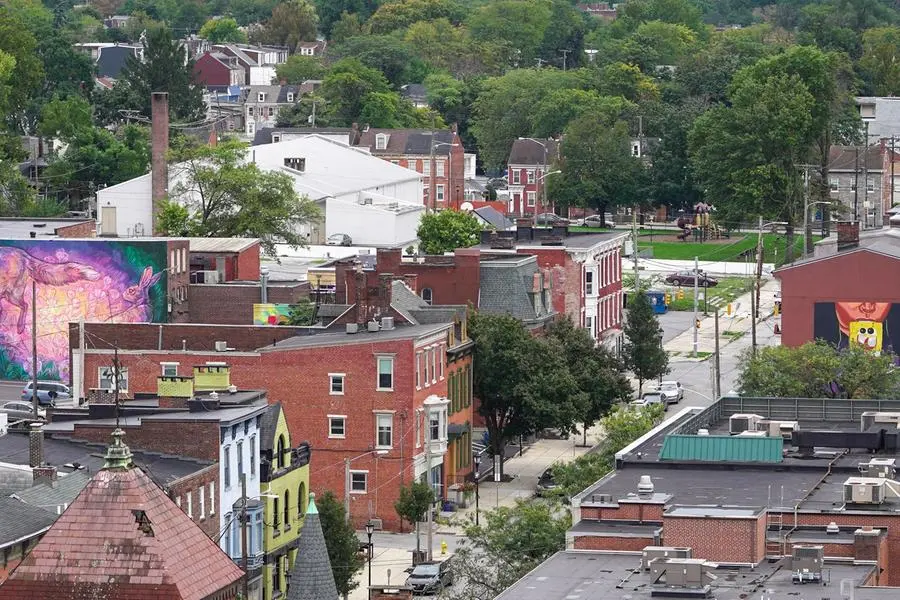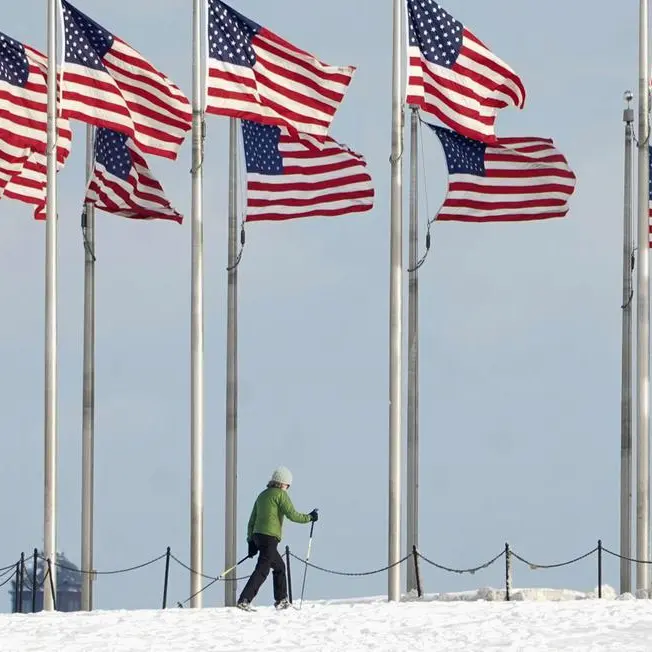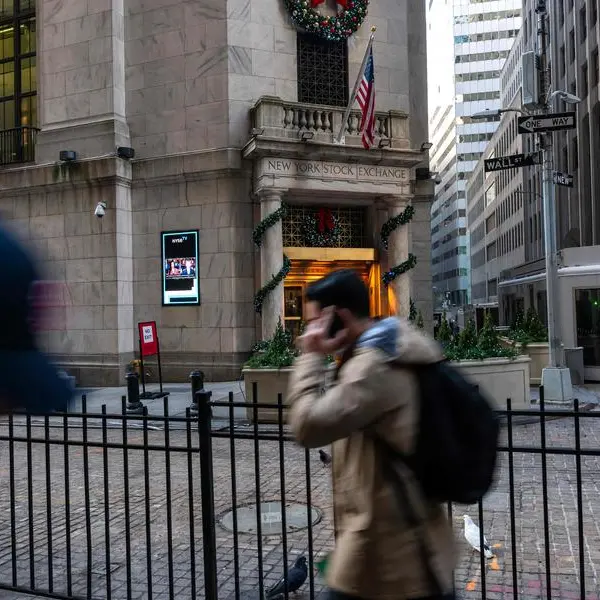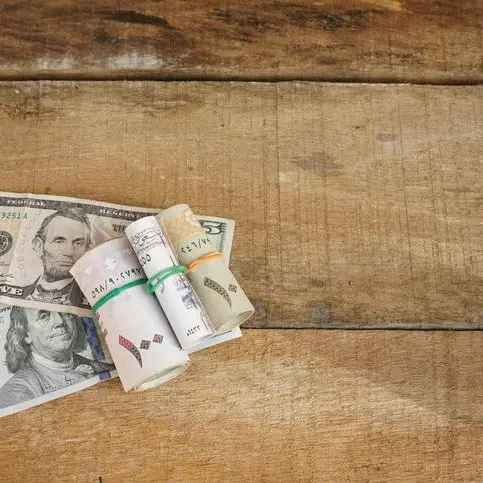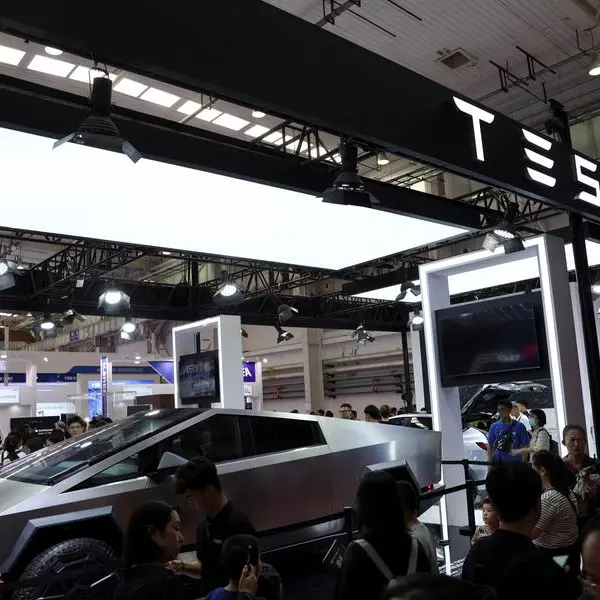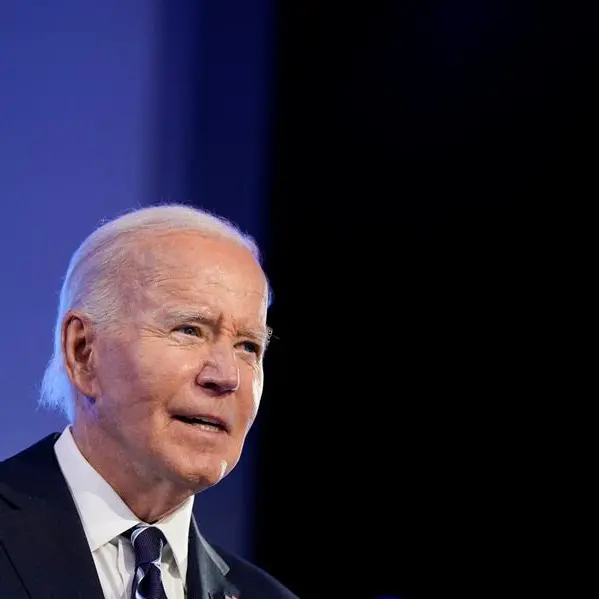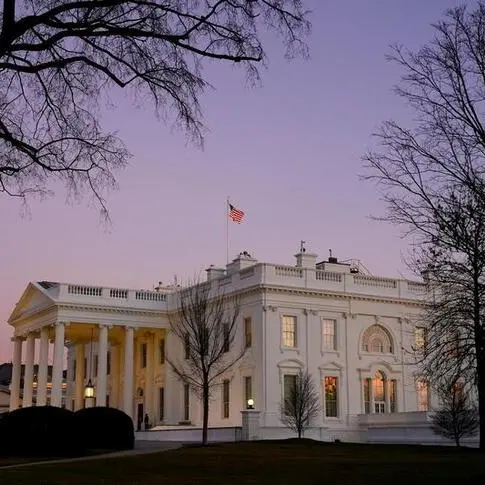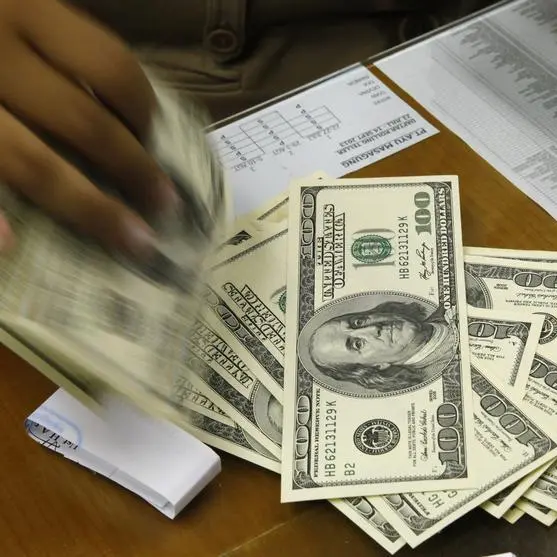PHOTO
US consumer inflation cooled last month -- though slightly less than expected -- according to government data published Thursday, providing further evidence that price pressures are easing ahead of November's presidential election.
The consumer price index (CPI) slowed to 2.4 percent in September from a year ago, down from 2.5 percent in August, the Labor Department said in a statement.
This was slightly above the median forecast of economists surveyed by Dow Jones Newswires and The Wall Street Journal.
There was also some cause for concern for the Federal Reserve as it looks to cut interest rates: a measure of inflation that strips out volatile food and energy costs rose slightly to 3.3 percent, up from 3.2 percent in August, buoyed by a jump in the transportation services index last month.
"We keep making progress, with inflation returning to pre-pandemic levels, 16 million jobs created, lower interest rates and low unemployment," Lael Brainard, White House national economic advisor, said in a statement.
Monthly headline inflation rose by 0.2 percent, while core inflation also exceeded forecasts to increase by 0.3 percent.
Despite the "slight upward surprise relative to what we're expecting," the inflation picture isn't all bad, Oxford Economics' deputy chief US economist Michael Pearce told AFP.
Given "the broader trend in services inflation, I think I'm still confident in the view that that's going to continue to trend lower over the next 12 months," he said.
- Top concern for voters -
The economy has remained a top concern for voters going into the upcoming presidential election, in which Democratic Vice President Kamala Harris is running against former president Donald Trump, a Republican.
Both candidates have looked to talk up their record in government in recent months, while criticizing their opponent's economic plans.
"Today's new Consumer Price Index, the final inflation report before the election, shows year-over-year prices increased by 2.4% in September -- far higher than the 1.4% inflation rate when President Trump left office," the Trump campaign said in a statement.
"If you focus on just the last few months, the economy's I think doing quite well, and would be supportive of the incumbent party," Pearce from Oxford Economics said.
"But if you focus on the past three and a half, four years, you know, what we have seen is a big drag on real incomes, sluggish growth in terms of real disposable incomes," he added. "And that's obviously a political liability for the Democrats."
- 'Benign' inflation outlook -
While inflation has eased toward the Fed's long-term target of two percent, the labor market has shown some signs of cooling in recent months, causing policymakers to refocus their attention on the employment side of the bank's dual mandate.
Against this backdrop, the Fed voted last month to cut interest rates by half a percentage-point and penciled in an additional half point of cuts this year.
The fundamental inflation outlook "remains benign," economists at Pantheon Macroeconomics wrote in a note to clients on Thursday.
"The September CPI report came in slightly hotter than expected, but not enough to meaningfully change the outlook for U.S. inflation," economists at Wells Fargo wrote in an investor note.
The data support "a more measured pace of rate cuts," said Pearce from Oxford Economics.
"I think they're still confident that inflation is heading down, but obviously that, you know, we will see noisy reports like today's," he added. "It's going to be a bumpy process. It's not a glide path down to down to two percent."
Futures traders currently assign a probability of more than 85 percent that the Fed will cut interest rates by an additional quarter percentage-point in November, and place a similar likelihood on a further cut of the same size at December's meeting, according to data from CME Group.
